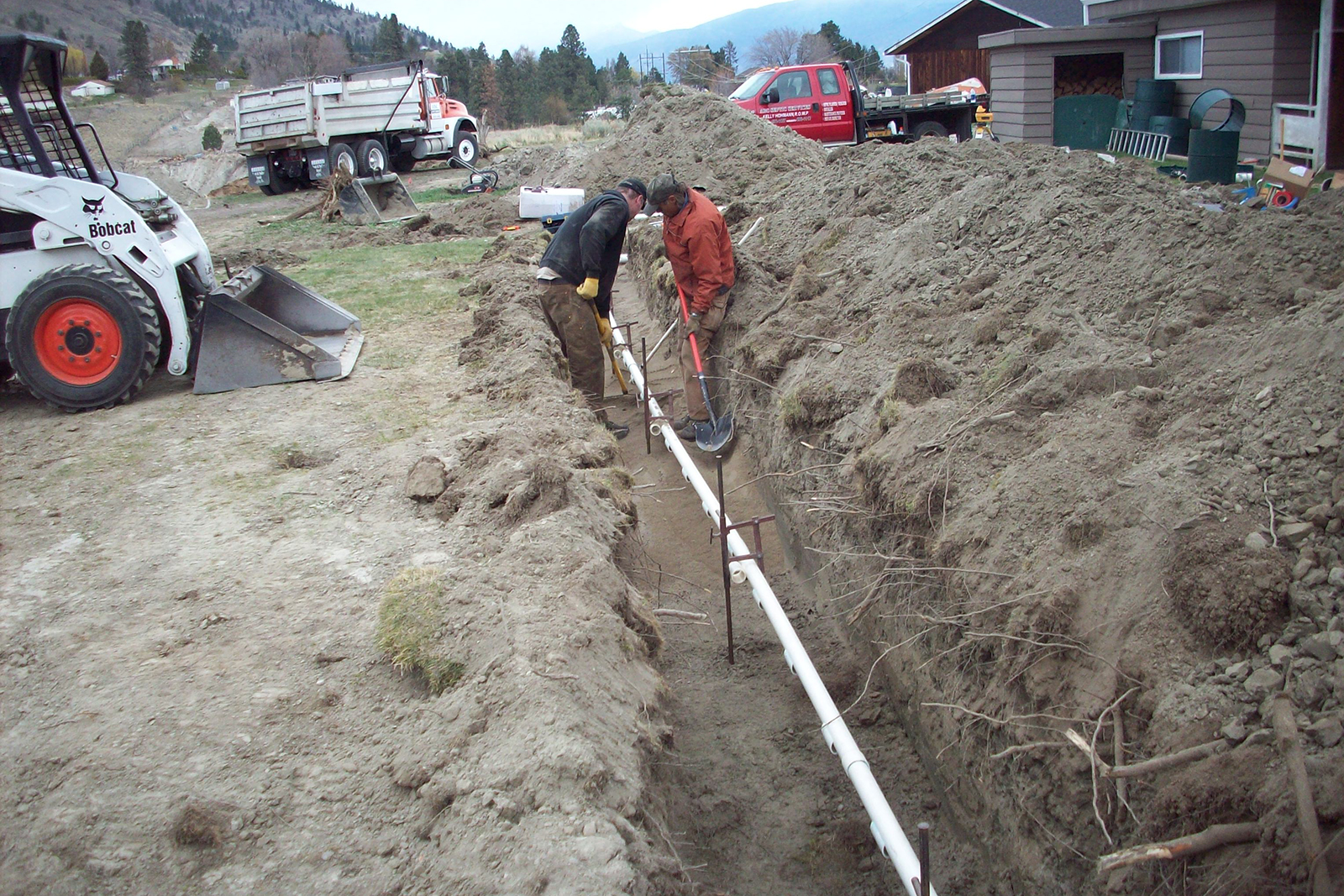Knowing the cost of keeping a system in good condition is essential. When you’re planning to put in an entirely new septic tank, leach field or replace an existing one, being aware of the expenses that are likely to be involved can assist you in budgeting effectively and prevent any unexpected costs along the way. There are various factors that contribute to the septic system cost.

The cost of installing a leach field as well as a septic system can differ greatly based upon a variety of factors. One of the main considerations is the dimension of the septic system required. Homes that have higher water consumption typically require larger septic tanks and leach fields, resulting in a higher overall cost. The conditions of the soil and topography may affect the complexity of installation and cost. The soil conditions could be challenging and require additional excavations or special treatment methods. This will increase the price.
The type of leach field as well as the septic tank you select will affect the price. Prices vary according to the types of materials and designs. Concrete tanks are generally considered to be more affordable than alternatives like fiberglass or plastic tanks. Advanced treatment methods and environmentally friendly alternatives can be more expensive, but they provide benefits such as improved treatment of wastewater or greater water conservation.
Although the price of installing a septic tank and leach field is the primary financial investment, it’s essential to think about long-term maintenance as well as cost of replacement. Septic tanks can last between 25 and 30 year depending on usage and maintenance, as well as the materials. With time, tanks might require repair or replacement. It is important to account for not only the tank but also any upgrades and labor costs required to meet the latest regulations when calculating how much it would cost to replace the septic tank.
The cost of replacing the septic can differ depending on the size and type of the new tank in addition to the complexity of the installation process. In certain instances it may be necessary to dig up and eliminate the old tank before getting the site ready for installation. Additionally, if there has been changes in regulations since the original installation there could be additional costs required to bring the new sewer system into compliance.
It is important to maintain your septic tank and get it inspected on a regular basis. This will allow you to avoid unanticipated costs and ensure that the replacement process is carried out smoothly. Routine inspections can identify possible issues earlier and allow for prompt repairs that could extend the life span of the septic tank. It is crucial to regularly pump the tank in order to avoid solids accumulating.
To ensure you get the best price for your new or replacement septic system ensure you compare quotes from reputable contractors. Comparing estimates will give you an idea of average costs for your location and allow you to make an informed decision. Additionally, be sure to inquire about any guarantees or warranties offered by the contractor regarding their work and for the materials used.
It is important for homeowners and property owners to be aware of the price of a septic tank and the entire system of septic. It is possible to budget efficiently to cover the installation or replacement of a leachfield as well as septic system by considering factors like size, materials, soil condition, and possible long-term expenses. Regular inspections, maintenance and proper maintenance are essential to prolonging the life of your septic system and cutting down on future costs. A well-functioning system will not only aid in the management of your wastewater, but can also increase the value and efficiency of your property.